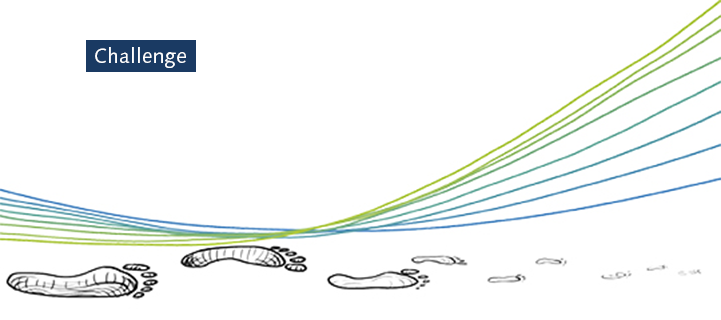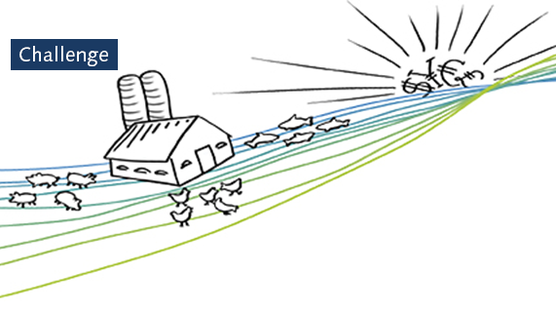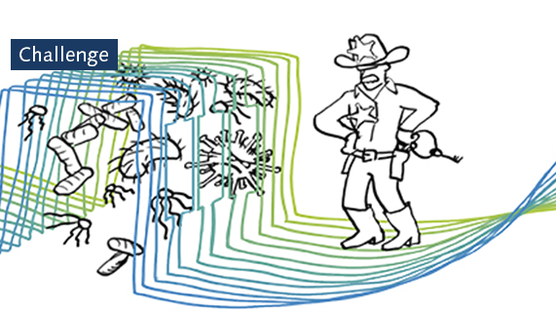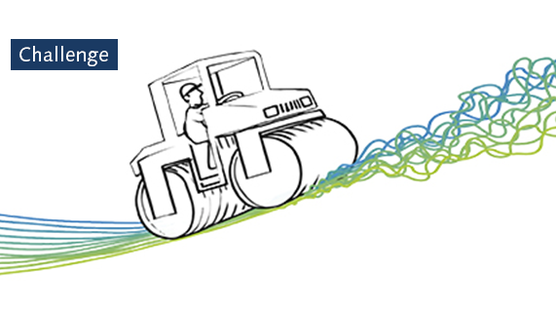
Published on May 1, 2021
How to: Decrease animal protein production footprint
With climate change weighing heavy on our minds, many are looking for ways to make a real change in order to reduce their carbon footprint. The food system is a natural place to start as it’s common ground for all of us. Everyone must eat.
Research shows that the food we eat (and the food we waste) is responsible for one-quarter of the planet-warming greenhouse gases. The energy used to produce animal protein is a legitimate area of concern. However, many experts agree that animal protein is an important part of the human diet, especially for young children and the elderly. So, the question remains, how can we do our part to decrease the carbon footprint of animal protein production?
Pressure on resources
Agriculture places significant pressure on our natural resources including land and water. Fertilizers and pesticides can play an important role in efficiently growing crops, but they also contribute to a reduction in the fertility of the land, damage soils and water sources and contribute to GHG emissions.
Agriculture is the world’s biggest user of freshwater. A major contributor is water used for irrigation of crops. Although this water does eventually return from the fields, it is often altered and carries pesticides, fertilizers, and manure. As a result, water quality can be negatively affected and will impact the rest of the ecosystem.
In regards to water pollution, fertilizer run-off can enter nearby water sources, which can contaminate the water. This can lead to an increase in destruction of plant and animal life due to the overgrowth of algae caused by fertilizer in the water.
Land use is another important topic in the study of agriculture and environmental pressure. Many argue that the land used for livestock production, either directly for grazing animals or indirectly for growing crops for animal feed, would be more efficient if used for growing crops to feed people. Or some believe that this land might be better used to grow resources that contribute towards fuel creation. This is commonly known as the feed-food-fuel conflict, and the various factors are more complicated than you think.
Greenhouse gases
The global food system is responsible for a significant amount of greenhouse gas emissions. Production, processing, and distribution are all part of the total emissions. For example, cattle produce methane through their digestive processes. This is believed to be the largest component of farm-gate emissions. Other sources include livestock manure and synthetic fertilizers.
Fertilizing crops with an excessive amount of nitrogen can also lead to higher nitrous oxide emissions. Of course, all greenhouse gas emissions contribute towards the warming of our planet. Climate change continues to be one of the biggest threats to the health of our planet and security for the next generation.
Untapped genetic progress
We understand the pressures we are under as a member of the agriculture industry, and it is important to take action with our responsibility to make a difference in alleviating environmental pressure. Every protein source is different in their impact on the environment. Some industries such as broiler and laying hen production have been improving for many, many years and have made huge strides in reducing their environmental impact. Other industries such as shrimp production are still evolving to become a more mature market. For these industries, genetic advances have a lot to offer in making production more sustainable. We’ve invested in shrimp breeding and production by applying the latest technologies in genetics and genomics. Advancement in this field will lead the way forward for a more sustainable shrimp value chain.
Feeding the world in a sustainable way has no easy solution. Reducing the food system’s carbon footprint requires us to examine what we eat, how far it must travel, the packaging we use, how it is distributed, etc. At least in the area of breeding and genetics, we know that we can contribute steady 2% progress in new generation. We take all the measurements collected and use this information to select the most efficient and robust animals. Every day, this progress makes a positive impact protecting our earth for the next generation.

You've read a challenge article. Interested in the solution or opportunity?
Do you want to explore all articles?



